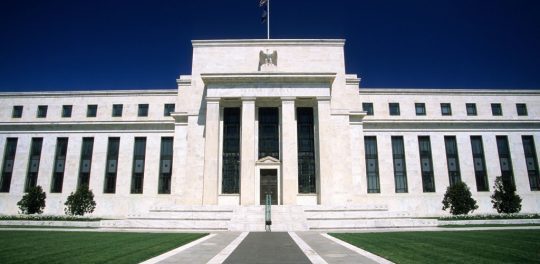By Isaac Cohen*
The largest banks of the United States, every year, are submitted by the central bank to “stress tests,” to determine how they will respond to adverse financial and economic conditions. The tests started during the Great Recession, with the first carried out in 2009, in the middle of the financial crisis.
This year’s stress tests will be carried out, again, in the middle of the uncertainty and the recession caused by the pandemic. Therefore, this Federal Reserve oversight function has been modified to take into account the abrupt fall in economic conditions which started in March.
Last week, the Federal Reserve Vice Chair for Supervision Randall K. Quarles announced the modifications to this year’s stress tests, in the middle of what he described as “this time of extreme uncertainty.”
https://www.federalreserve.gov/newsevents/speech/quarles20200619a.htm
Among several unknowns, Vice Chair Quarles identified the pace of the reopening, how consumers will behave and if another round of containment will be required. The new forward-looking approach, called “sensitivity analysis,” considers three plausible scenarios, based on the predictions of many forecasters.
• First, a rapid V-shaped recovery that regains much of the output and employment lost by the end of this year;
• Second, a slower, U-shaped recovery in which only a small share of lost output and employment is regained in 2020;
• Third, a W-shaped double dip recession with a short-lived recovery followed by a severe drop in activity later this year, due to a second wave of containment measures.
Aggregated results of the “sensitivity analysis” for all banks will be announced next Thursday.
*International analyst and consultant, former Director ECLAC Washington. Commentator on economic and financial issues for CNN en Español TV and radio, TELEMUNDO, UNVISION and other media.




